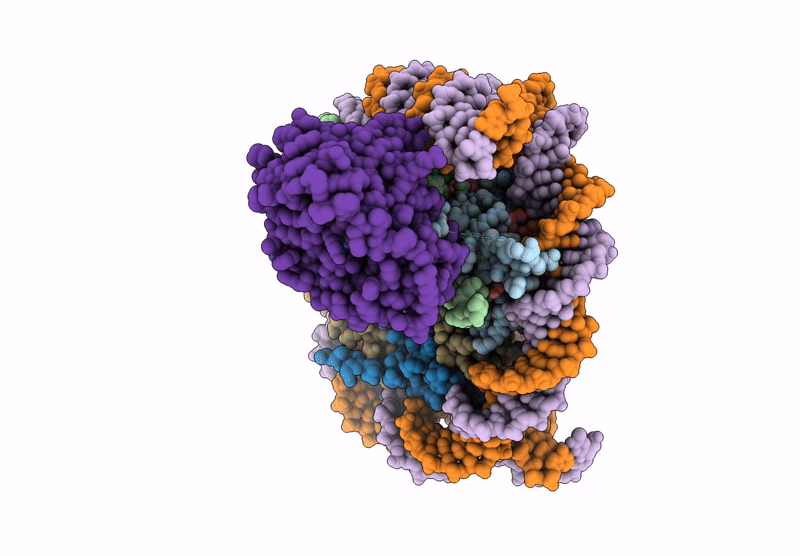
Deposition Date
2024-11-26
Release Date
2025-07-09
Last Version Date
2025-07-09
Entry Detail
Biological Source:
Source Organism:
Xenopus laevis (Taxon ID: 8355)
Homo sapiens (Taxon ID: 9606)
synthetic construct (Taxon ID: 32630)
Homo sapiens (Taxon ID: 9606)
synthetic construct (Taxon ID: 32630)
Host Organism:
Method Details:
Experimental Method:
Resolution:
3.20 Å
Aggregation State:
PARTICLE
Reconstruction Method:
SINGLE PARTICLE


